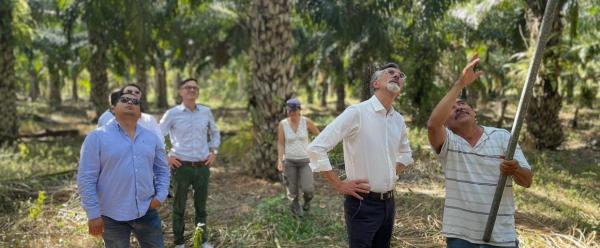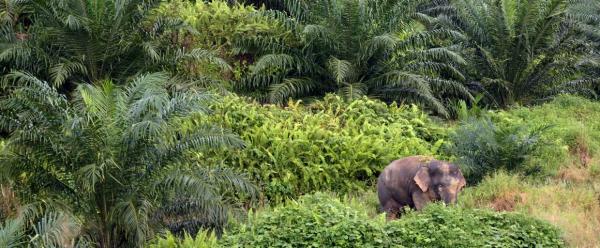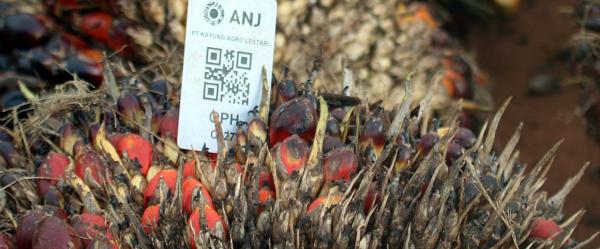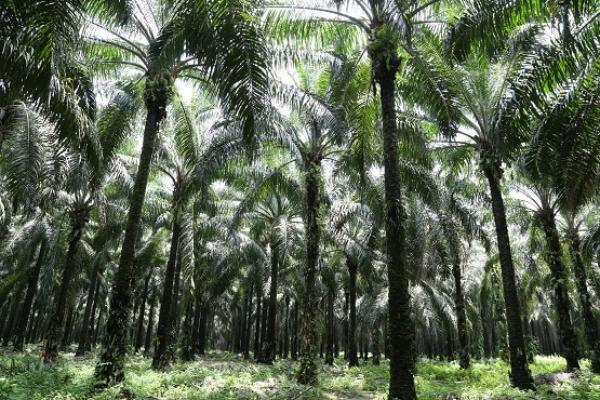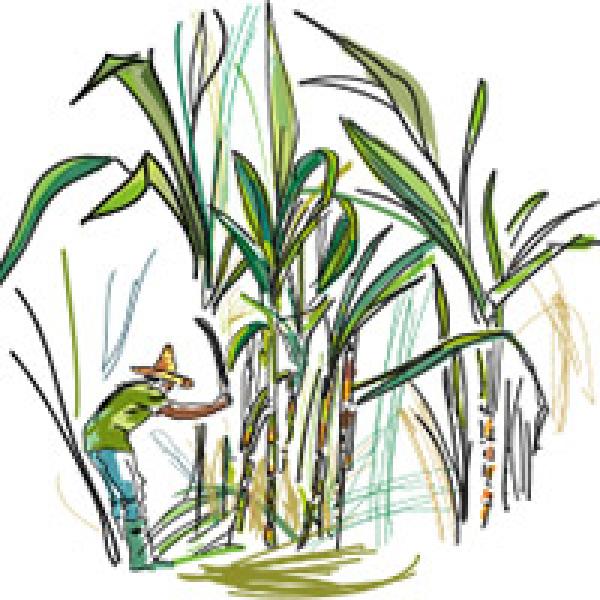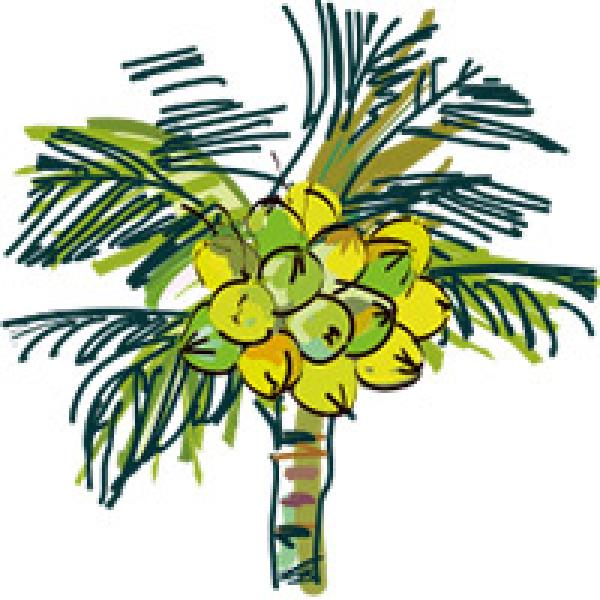Science at work 16 March 2023
- Home
- Our activities, our impact
- Tropical value chains
- Oil palm

Oil palm
The figures for oil palm
4 tonnes of palm oil and PKO produced per hectare per year, seven to ten times more than direct rivals such as soybean, rapeseed and sunflower
5 million smallholders worldwide supply 40% of the total output
20 million hectares planted with oil palm in the humid tropics
90% of global output comes from two countries: Malaysia and Indonesia
In tropical countries, the human diet accounts for more than 95% of consumption
Europe imports palm oil as a food ingredient and, increasingly, to make agrofuels
Global demand for oils and fats is growing by 3% per year
The RSPO (Roundtable for Sustainable Palm Oil) associates more than 2500 players.
The issues
There are many issues for this supply chain, which represents more than a third of global vegetable oil production:
- Satisfying growing demand for edible fats in the global South, as a result of population growth and improved living standards in emerging countries .
- Ensuring the sustainable, responsible development of a supply chain that respects both the environment and the rights of local people; anticipating on and supporting the recommendations of the RSPO (Roundtable on Sustainable Palm Oil).
- Making the crop more productive and promoting its by-products, by creating the conditions for ecological intensification.
- Including family farms, which account for almost half of global output, in the recent changes made in the sector, such as certification.
























